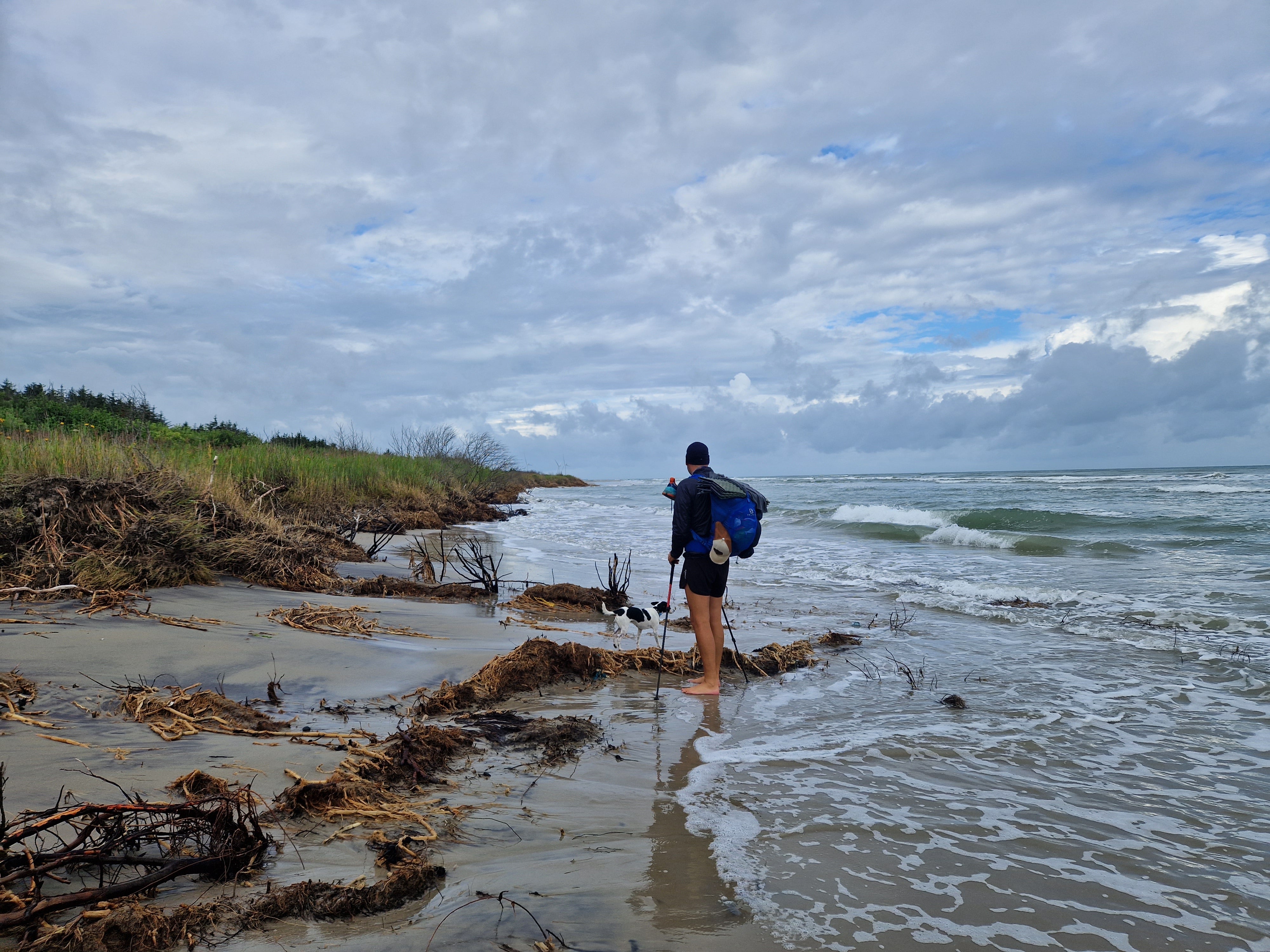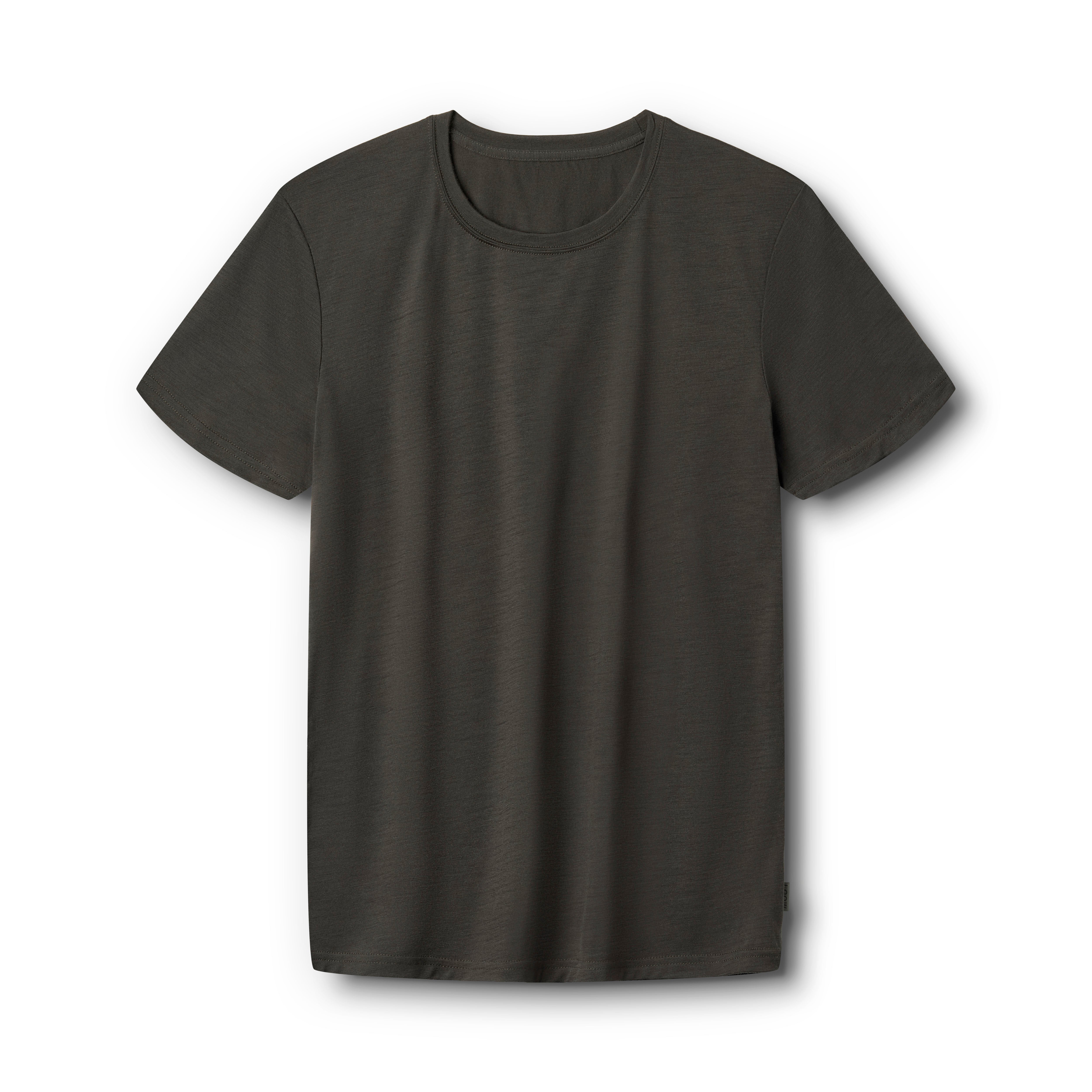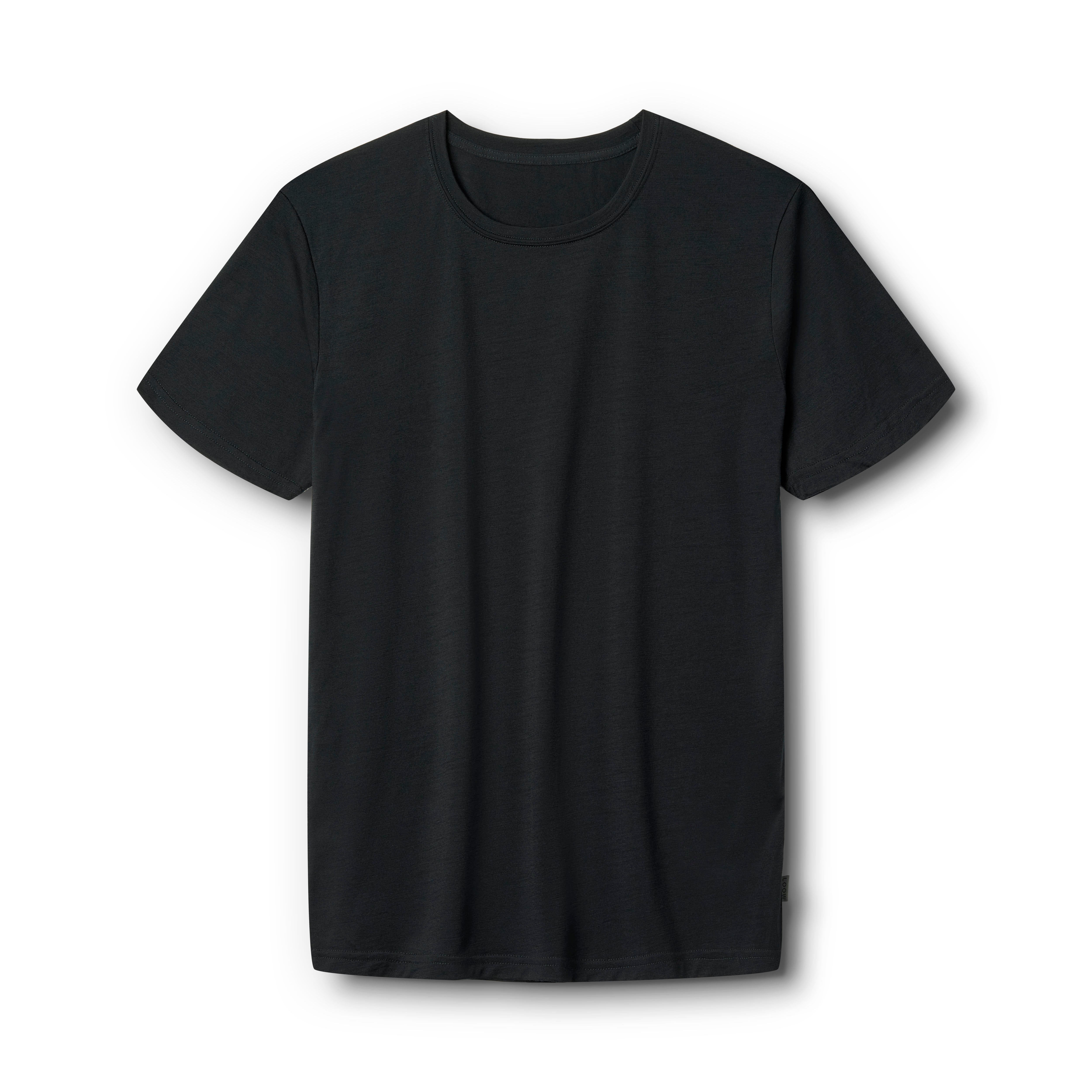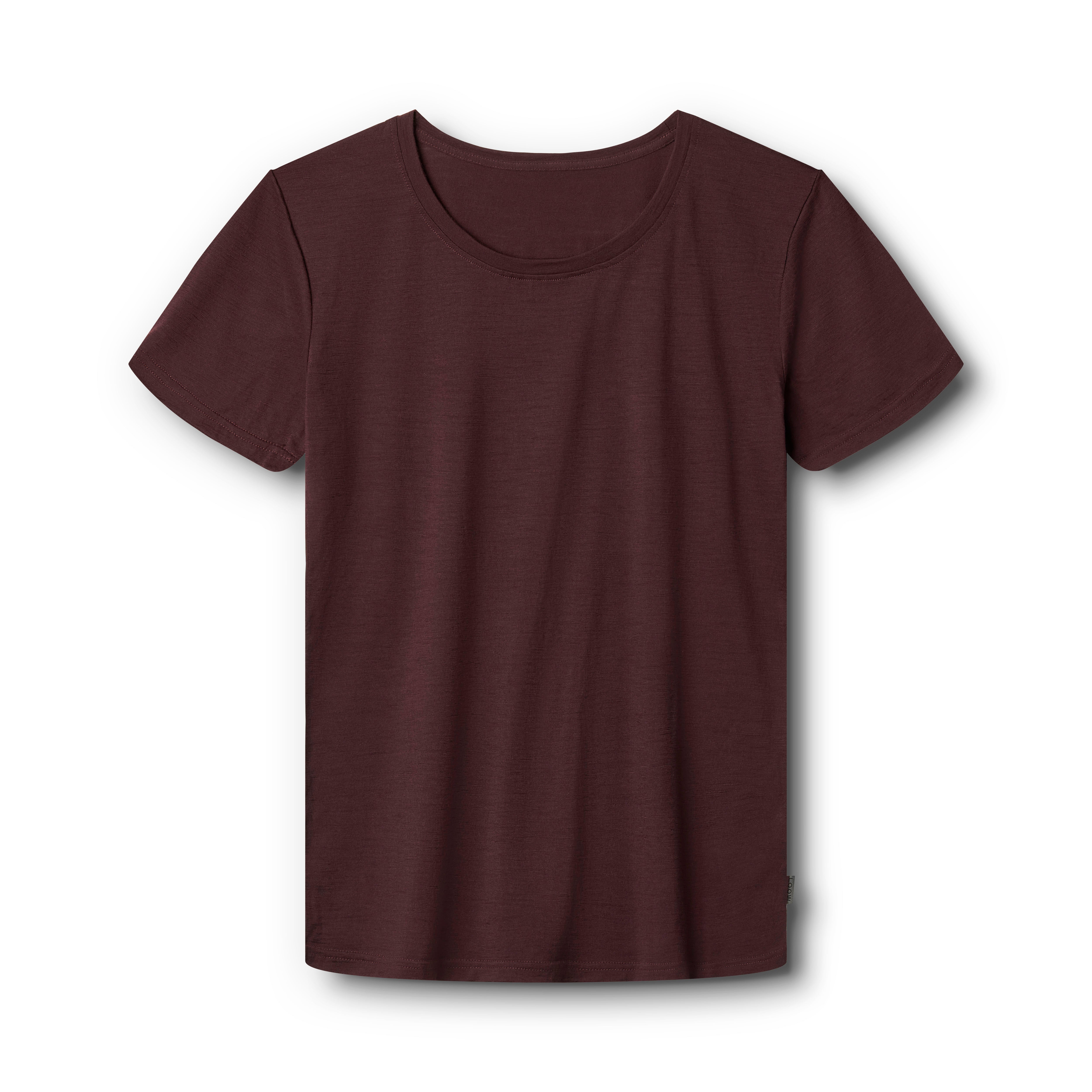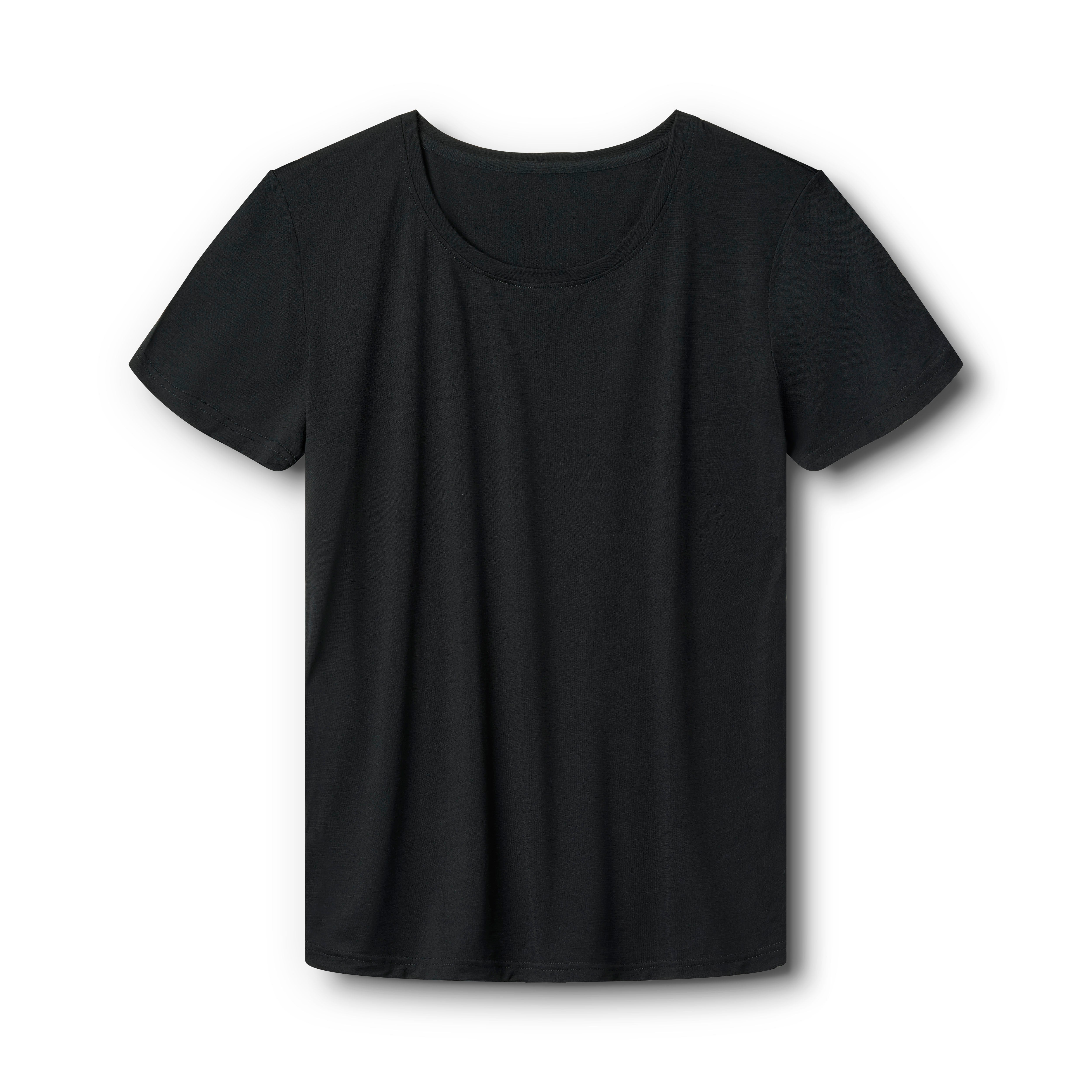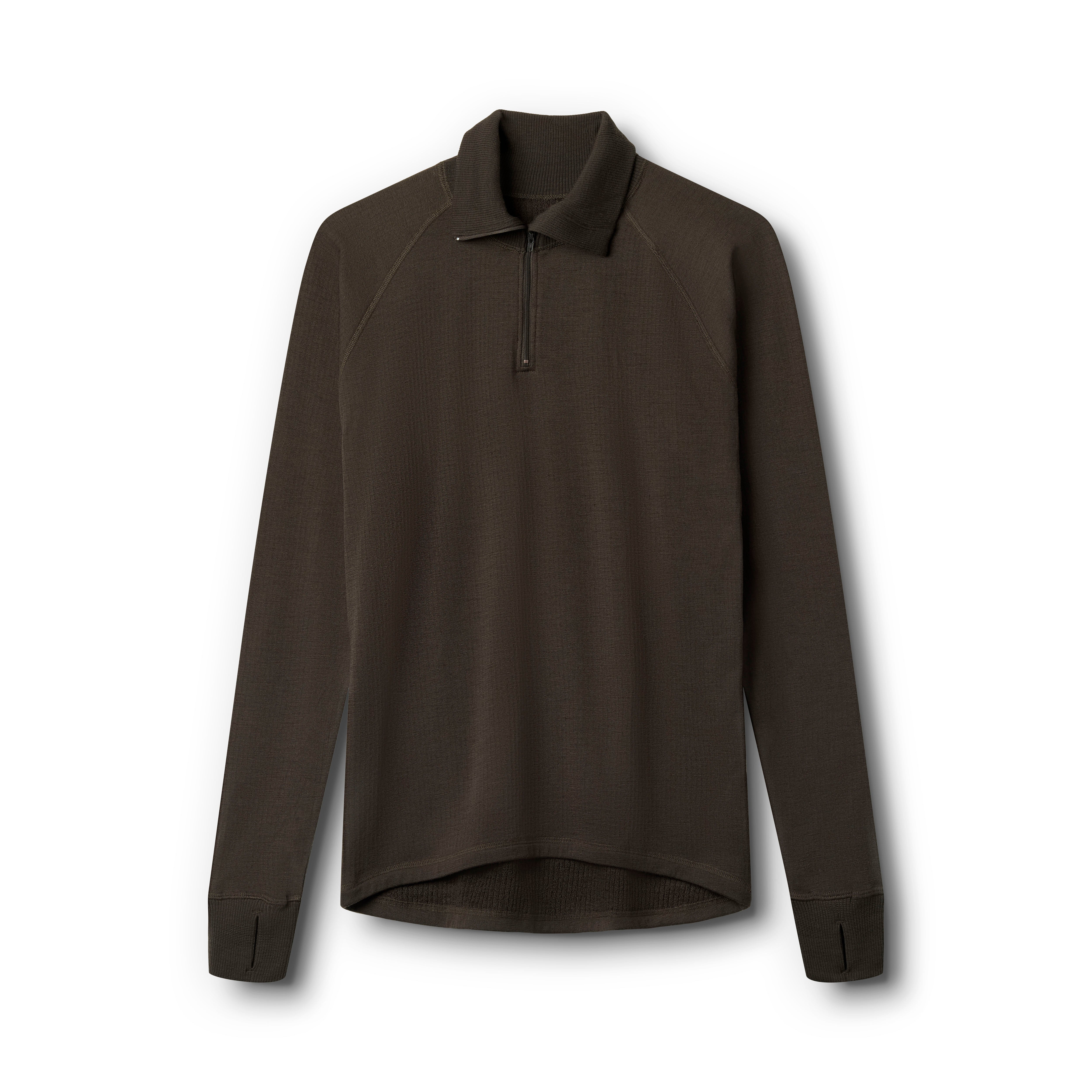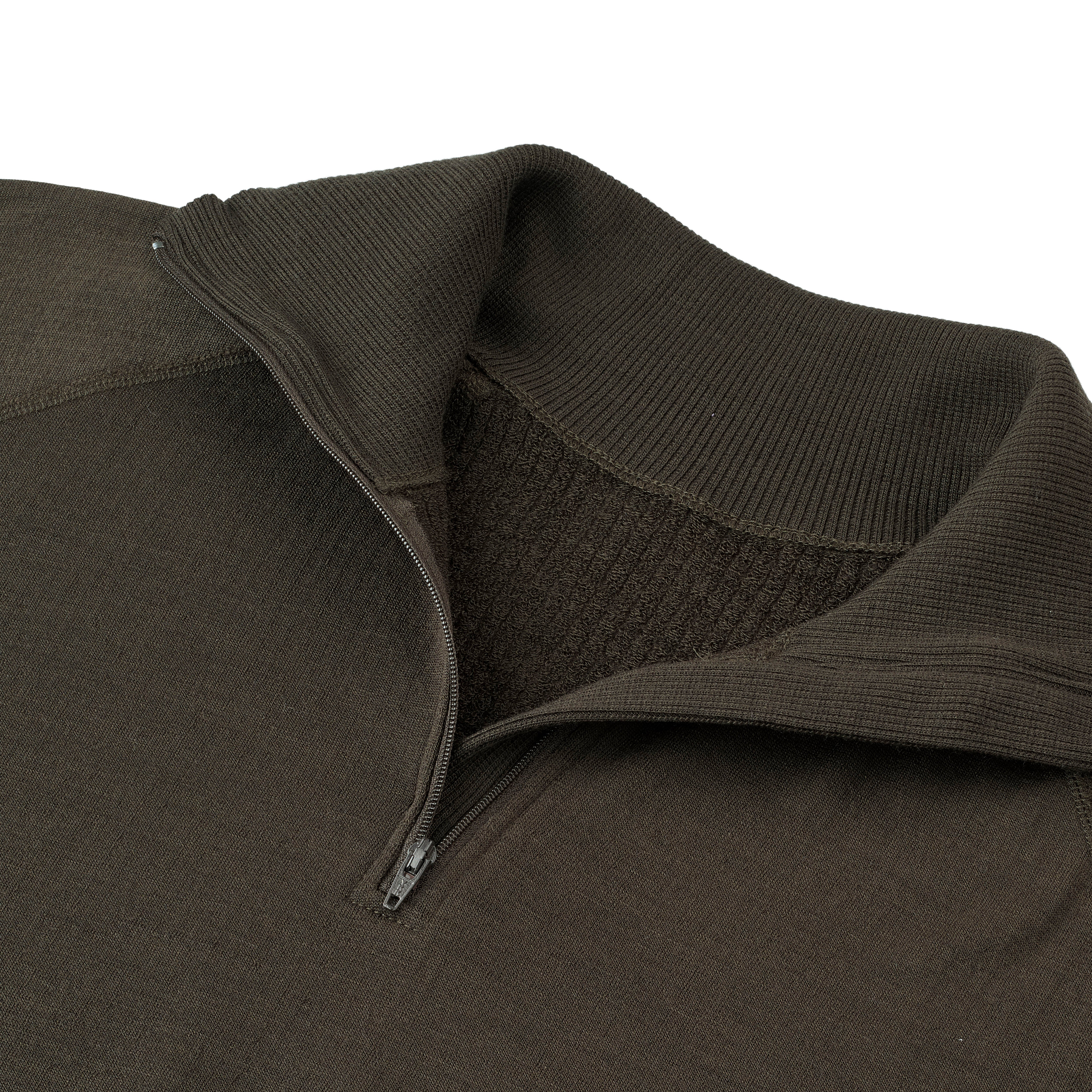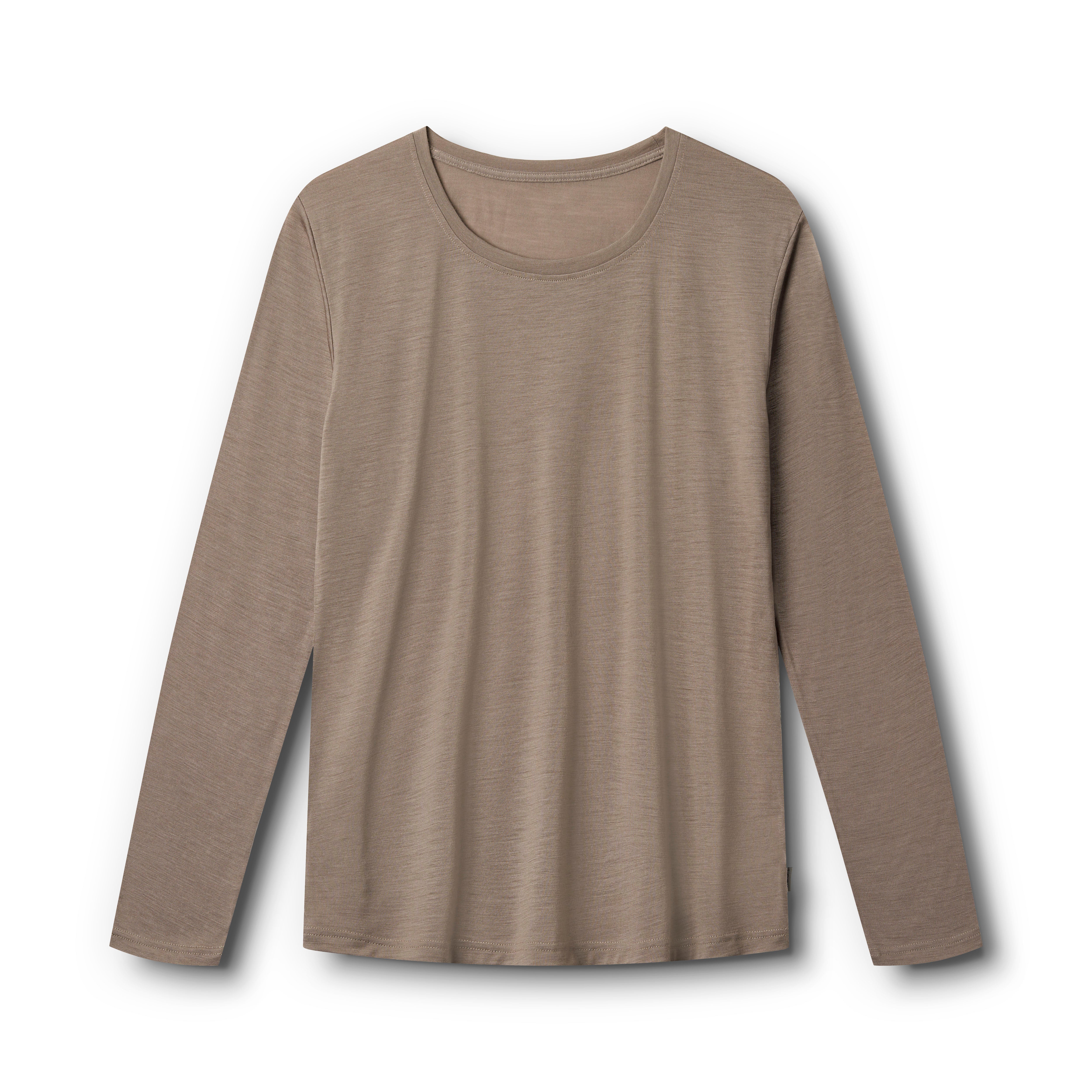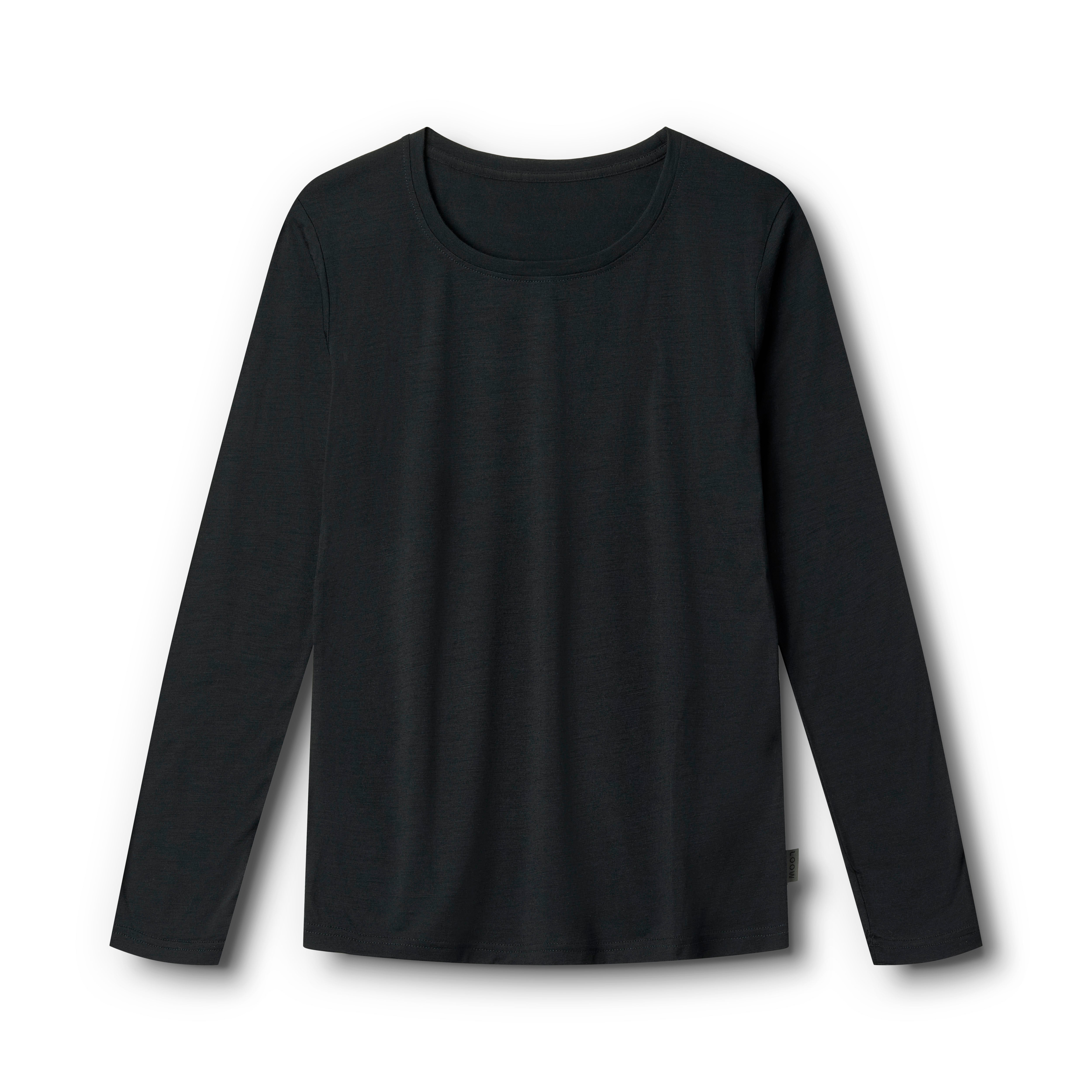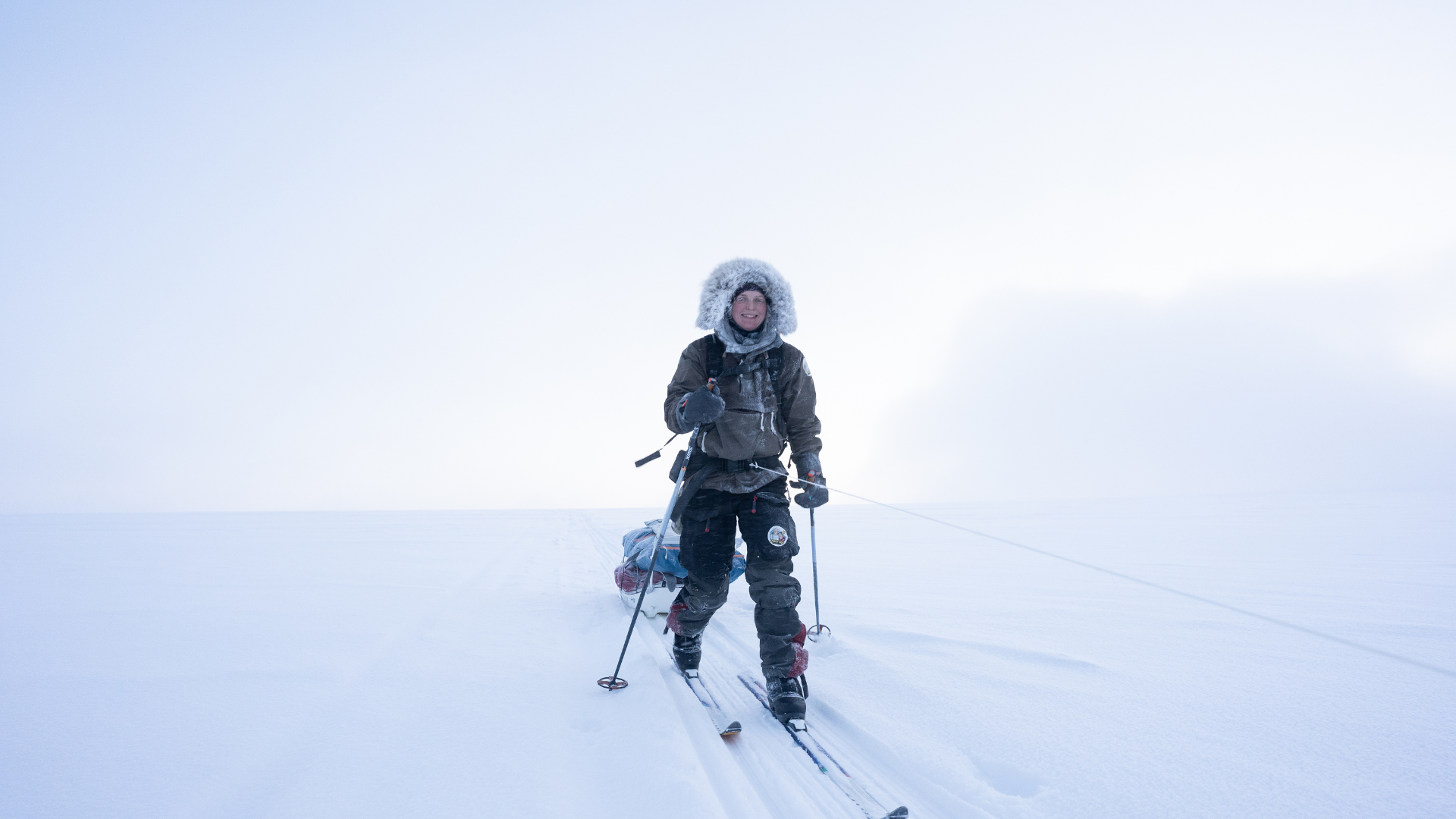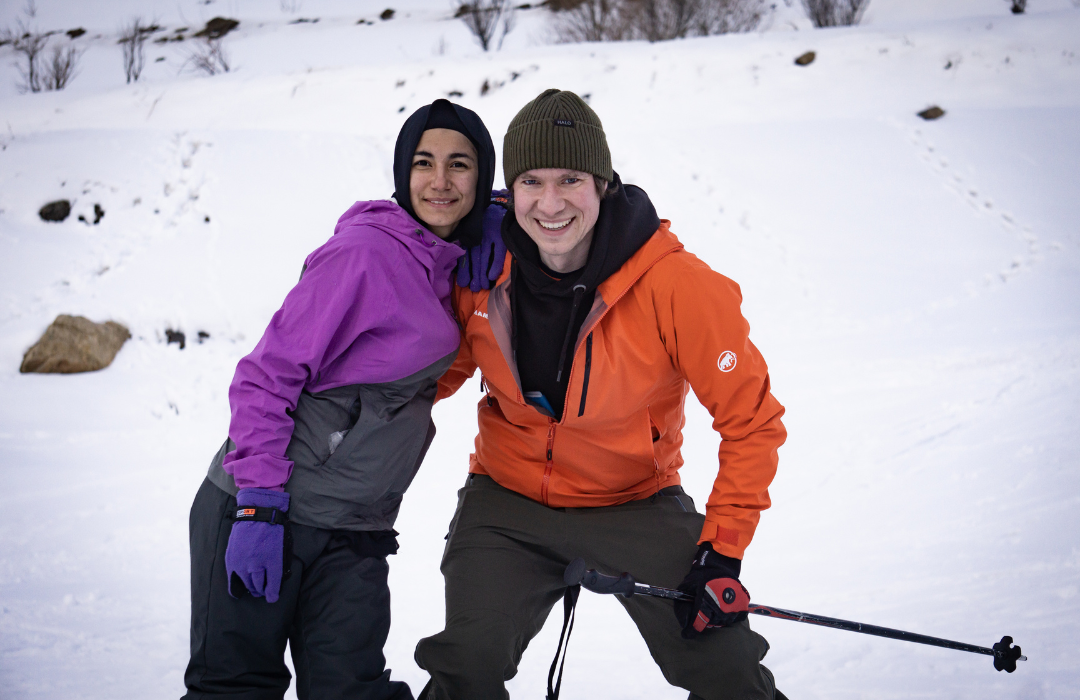As we kept checking the weather forecast, it was clear that the weather wasn't on our side. We had a big decision to make: stick to our plan about hiking from Skagen to Agger, or go somewhere else. The weather forecast had been changing a lot in the days before we were supposed to start. Finally, we decided, "Let's do it anyway. We've been looking forward to this trip, and you never know with Danish summer."
On a beautiful Friday morning, we started our journey from Grenen in Skagen with great weather. We walked along the east coast, enjoying the sun, each other's company, the view, and even a swim in the waves. We were excited and in high spirits.
After walking about 25 kilometers, we set up our camp. Despite the presence of ants, we were positive about our hike. We had a pleasant evening, enjoying some delicious food, wine, and a card game. We went to sleep in our hammocks, and soon it started raining. It wouldn't be the last time we encountered rain on our trip.
The next morning, we woke up to a wet and gray day. So, we quickly packed up, put on our rain jackets, and found a shelter to have breakfast. We weren't sure about our route for the day, except that we needed to get to the West Coast. We hoped to find a path south of Råbjerg Mile, but we couldn't find it. Our journey became challenging, with wet and swampy areas, fences, and detours. But it was still beautiful, and the weather improved a bit. Finally, we reached the west coast, felt the wind, and had a refreshing swim.
Our goal for the day was to reach a shelter site in Tversted Klitplantage because storms were expected later. A shelter was a good choice if it rained all evening. Along the way, we enjoyed nature, watching deer and finding berries. We were grateful when we reached the shelter site and set up our hammocks in dry weather. We even had dinner and played cards before a rainy night with thunder and lightning.

Our Daily Routine
We established some routines during our trip. When the weather was good, we started the day with breakfast and coffee. If not, we packed up and found a sheltered spot for breakfast. We also made it a habit to take a morning swim in the sea, although some days the sea was too rough. During our hike, we took short breaks of about 10 minutes every hour to rest and air out our feet. We took longer breaks a few times during the day, and if we could, we even took midday naps.
Once we finished hiking for the day and found our spot to sleep, we put on warm clothes, including down jackets, to stay cozy. We changed into dry merino wool sweaters, long underwear, hats, scarves, and mittens. Some nights, we even had dinner with our jackets on. We had to use hats, scarves, and mittens more than ever before in Denmark in July.
Our Gear and Equipment
One day, while walking on the beach near Hirtshals, it suddenly started raining heavily, and we got soaked before we could put on our rain jackets. We laughed at the situation and kept going. We were thankful that we were wearing merino wool on our upper bodies because we didn't get cold even when we were wet. Luckily, the heavy rain stopped quickly, and we continued in dry clothes. This showed us how much better merino wool is compared to other materials.
When we reached Tornby Strand, we found an ice cream shop, and even though we were wet and cold, we couldn't resist ice cream. It's summer, after all. We decided to leave the beach to find a less windy spot.
We were grateful for the gear we brought along, especially the thick wool sweaters that we almost didn't pack. We learned that you need a lot of warm clothing in July in Northwest Jutland, including hats, scarves, and mittens. We realized that we had the right equipment, but not more than that.

Meeting Fellow Travelers
During our trip, we met other people who made our journey special. One rainy evening, we met a French woman who was cycling in Denmark on vacation. She was fascinated when we told her about sleeping in hammocks because it was new to her. She watched us set up the hammocks, took pictures, and asked questions. We let her try our hammocks, and she loved how comfortable they were compared to a tent. She wondered why hammocks weren't common in France.
One sunny morning, an employee from the Danish Nature Agency visited us while we were having breakfast. He had worked in the area for a long time and shared his knowledge about the local wildlife and projects. It was great to meet someone so passionate about his job.
At Lyngby Rescue House, we met a group of women on their annual summer trip. They welcomed us with coffee and cake and were interested in our journey. They were impressed by the distance we had covered and Lady, our dog, who had walked with us and slept in the hammocks. It was a wonderful experience to meet them.

The Small Joys
We were delighted by the natural treasures we found, like currant and raspberry bushes, bog bilberries, blackberries, and mushrooms. Even an unopened can of Fanta washed ashore one morning on the beach.
We enjoyed breaks in sunny, windless spots after hours of gray and windy weather. Finding shelter from dunes or trees, the sun breaking through the clouds, and the appearance of rainbows were some of the simple pleasures we cherished.
The sounds of skylarks, birds of prey, curious deer, and sandpipers were all part of the raw, untouched nature we encountered. The vast landscapes, the sound of the sea, and the clean air had a profound impact.
We were grateful for the little things, like a cup of coffee, a quiet morning, and a beautiful sunset before bedtime. We also sampled different types of seafood from local fishmongers along the way, with fish cakes being our favorite.
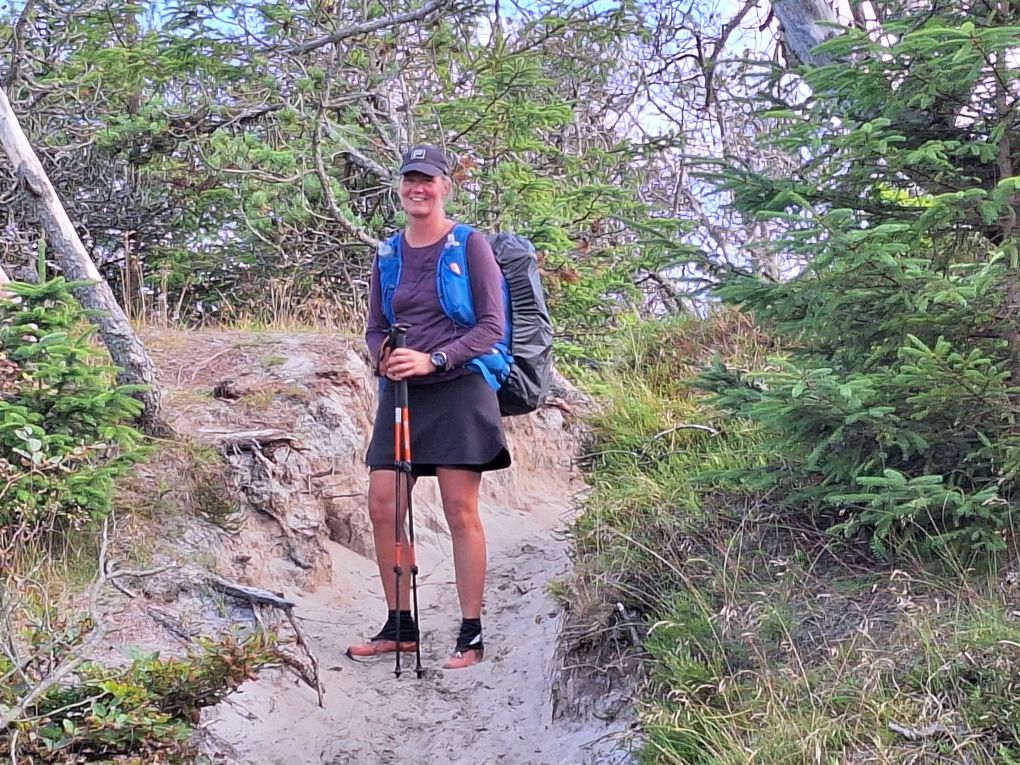
Reflection
While walking on the beach in the rain and strong winds, we had time to reflect. Why were we doing this? It was cold, wet, and tiring, but we loved it. It allowed us to experience nature's beauty and power and live a simple life. It was a break from the challenges of daily life. We just needed to get from one place to another without a strict schedule. We only missed having dry belongings. It made us think about our materialistic lifestyle.
Conclusion
Looking back on our journey, Northwest Jutland is amazing. Despite the unpredictable weather, it was a beautiful and eventful trip. Dealing with the weather taught us not to worry too much about it on future trips. We had to adjust our daily distances several times due to heavy rain, resulting in longer hiking days. One day, we even walked almost 38 kilometers, much more than the planned 25 kilometers. We learned that we could handle longer daily distances if we took breaks and maintained a steady pace. This opens up more possibilities for future trips.
We covered over 300 kilometers on this journey, and it was a fantastic experience. We are now prepared for even longer trips in the future. Our next adventure is planned for Sweden, where we'll be hiking and kayaking.
As for merino wool, it remains an excellent product, and LOOW products met our expectations. They are comfortable in both cold and warm weather, even when wet. They dry quickly and don't develop strong odors. They are lightweight and compact, ideal for outdoor activities and everyday use.


